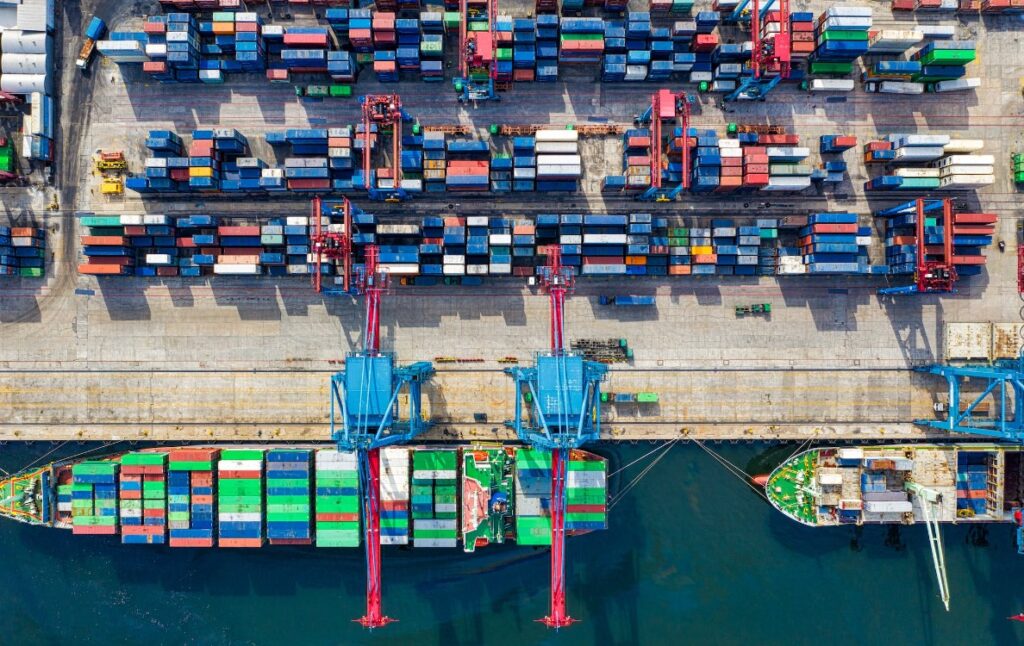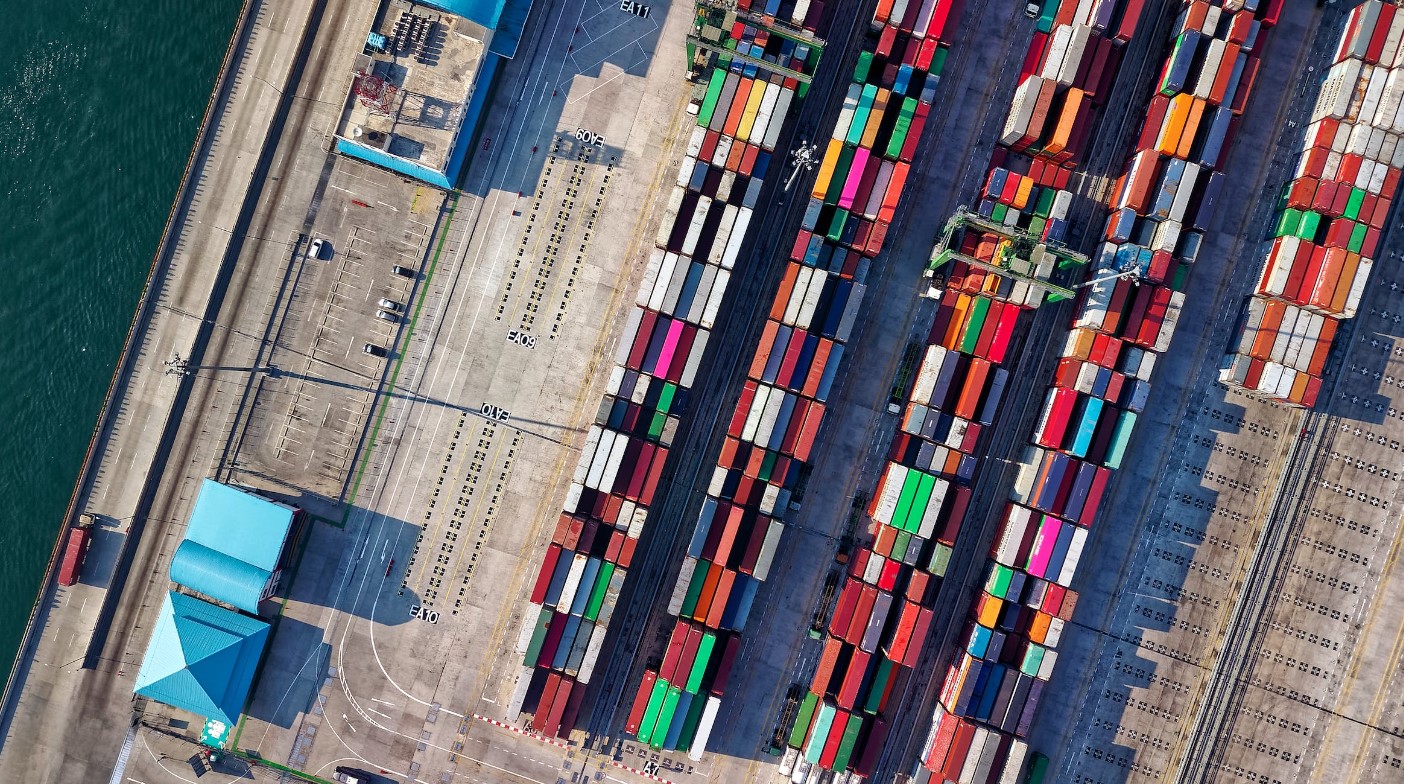Following the disruption caused by COVID on international supply chains, companies have been looking to customise their existing systems and introduce software solutions to transform their supply chain visibility.
Despite its importance, a report by Deloitte found that just 13% of firms can map out their entire supply chain network. This makes supply chain visibility an urgent requirement for achieving lasting business success.
What is supply chain visibility?
Supply chain visibility is the ability to monitor different components, products, and stages of the manufacturing process. This allows for a clear view of inventory and advanced insight into reducing risks and costs. The final product results in a supply chain that is stronger and better prepared to meet customer demands.

When you’ve invested in supply chain visibility, your company should benefit from a greater understanding of its daily performance. This includes areas such as quality control, production efficiency, raw material origins, and safety standards.
Why is supply chain visibility important?
Supply chain visibility is vital for any business looking to refine its product offerings and services. Without a system in place to share information between the tiers of your supply chain, potential issues can not be identified before they disrupt production and result in you losing precious time and money. This also applies to regulatory compliance failures and other ethical risks in the workplace.
In contrast, when you maintain supply chain visibility in real-time, you’ll generate useful data to address products before they escalate and develop your manufacturing process to meet industry standards.
What are the key benefits of supply chain visibility?
Supply chain visibility leads to several exciting benefits, all of which contribute to a more streamlined workflow, increased profits, and overall improved work efficiency. From cutting costs for customers to enabling work process agility, here are the key benefits:
- Lower costs – Supply chain visibility benefits your company by allowing you to make informed decisions along every step of the process. This prevents product recalls by ensuring all levels of manufacturing are performed according to market specifications which in turn means you can optimise your budget to cut down on costs and avoid lost business.
- Maximise speed – When you are generating data-driven results, you can mitigate potential problems ahead of time and increase your response times. Once an issue arises, you can track it to its source promptly and resolve it using real-time collaboration, professional quality control, and compliance platforms.
- Meet customer demands:
You can directly deliver better products and perform to market standards with greater confidence. Services such as same-day couriers meet customer demands by utilising full visibility into supply chain processes to meet customer demands. These need to be developed routinely over time as customer needs evolve.
What can be done to achieve supply chain visibility?
The key to supply chain visibility is understanding where the right goods and materials need to be at any given time. Companies also need to ensure that they are correctly budgeted for and regularly developed. This can be achieved by moving away from emails and spreadsheets to using advanced software that oversees every step of the manufacturing process and provides real-time data.

Providing a single source of supplier data and trusted information means risk is reduced by eliminating separate systems. Users can access all relevant information about suppliers, costs, disruptions, and capacity.



























